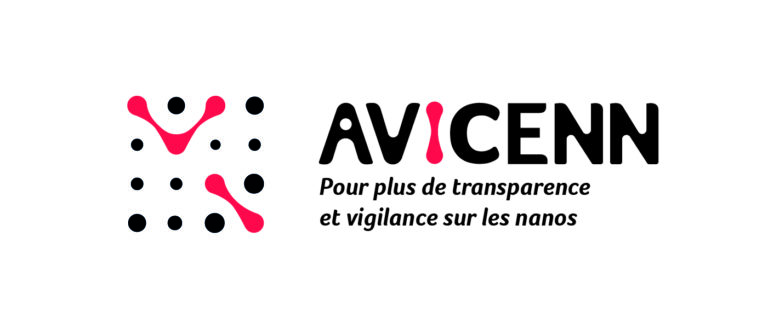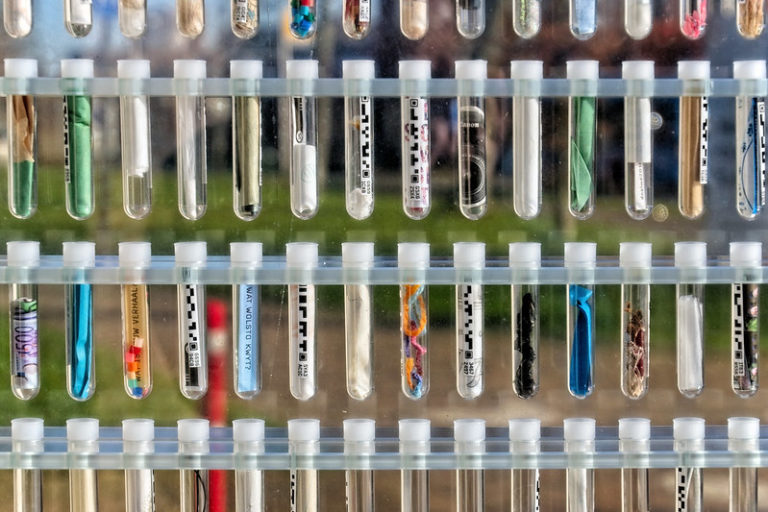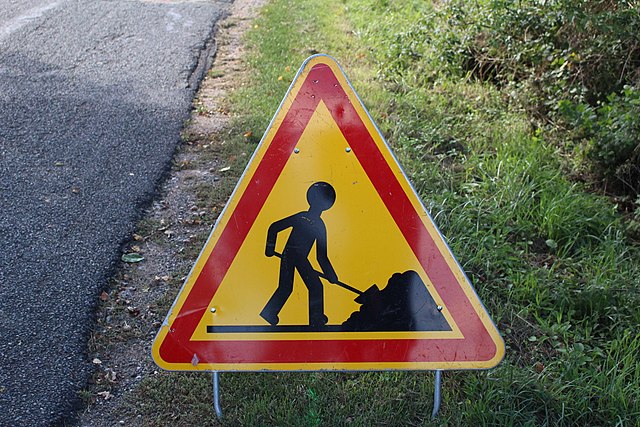Nanotechnologies in the field: nothing new in twenty years?
Patents involving the use of nanos* in agriculture have multiplied over the last 20 years. However, there has been no improvement in the availability of information in this field. A recent report, commissioned by AVICENN and published by the European Chemicals Agency (ECHA), re-emphasizes the need to change European regulations in order to better identify, assess and manage nanos in the fields and the food. AVICENN is calling for greater transparency on the marketing and risks of nanomaterials that have long been used in agriculture1.

In November 2004, in Canada, the ETC Group, a group of expert activists, published “Down on the Farm: The Impact of Nano-scale Technologies on Food and Agriculture”2, a report as documented as it was explosive, dealing with the rise and impact of nanotechnologies developed for agriculture and food. Among its recommendations was a ban on the release into the environment of agricultural inputs containing nanos (whether pesticides, fertilizers or soil treatment products) whose safety has not been established. This needed, de facto, the creation of new regulatory provisions requiring specific risk assessments of these new products. At the time, BASF, Bayer, Monsanto, Syngenta, etc. were already filing patents for these products.
In 2024, almost no data publicly available
Twenty years later, there are now over 1,000 patents3 on the use of nanos in agriculture, and hundreds of scientific articles on the issue. But no specific regulatory provisions have been deployed. In November 2024, the European Chemicals Agency (ECHA) published a rapport4, whose conclusions, less radical at first glance than the 20-year-old ETC Group report, ultimately concur with this NGO’s recommendations.
Before going into detail, it should be pointed out that the report published by ECHA was not written by an environmental NGO, but by an Italian company, Innovamol, which specializes in the analysis and synthesis of scientific data using artificial intelligence (AI) and machine-learning (ML).
On the basis of nearly 11,000 documents, 3,052 were deemed relevant. 1,872 were finally selected and analyzed in detail (mostly scientific articles, but also 140 patents, a few books, theses, institutional reports, web pages, forums, etc.). 75 contributions were also collected as part of a consultation launched by Innovamol, in which some sixty researchers took part (five chemical manufacturers, four representatives of regulatory agencies and six NGOs, including our association AVICENN, which initiated the process5).
Among the substances most commonly cited in the scientific literature for agricultural applications are metal nanoparticles (silver, zinc, copper, iron), silica nanoparticles, polymer and hybrid nanoparticles6, carbon nanoparticles7, chitosan nanoparticles, and so on.
Innovamol also reports on the (expected) benefits of using nanotechnologies in agriculture, including improvements in :
- antifungal properties (for copper or zinc oxide nanoparticles, for example),
- disease resistance (for silica nanoparticles in particular),
- nutrient absorption (for iron and zinc nanoparticles),
- controlled release mechanisms for agrochemicals (nanovectors are designed to lengthen the release of nutrients and pesticides, at lower doses that are claimed to be supposedly more effective and less harmful to the rest of the environment),
- plant defense (improved response to stress and resistance to pathogens through the induction, via nanoparticles, of antioxidant enzymatic activities and a strengthening of cell wall integrity), and
- the biodegradability of certain components (with the use of biodegradable nanocomposites).
What’s interesting about the report is that it also points out the many gaps in knowledge concerning both the marketing and use of nanos in agriculture, and human and environmental exposure and associated hazards. It also points out that existing European regulations, in particular, contain no specific provisions concerning nanos in pesticides or fertilizers. Regulation (EU) no. 528/2012 does require (nano)-labeling of nanomaterials in biocidal products, as well as a pre-market risk assessment… but it doesn’t apply to agricultural products, covered by regulations (EC) no. 1107/2009 on plant protection products and no. 2019/1009 on fertilizers, which make no mention of the particle size used in pesticides and fertilizers (and this, whether concerning active substances or their adjuvants). In practical terms, not taking molecule size into account in the regulations means ignoring this issue and relying on assessments of the “bulk” substance, which in most cases is less reactive and therefore less toxic than the same nano-scale substance. This is what happened with the European REACH regulation: for years, industry and European authorities claimed that this regulation applied by default to nanos. But when ECHA asked manufacturers for precise data on the “nanoforms” of their chemical substances, the industries contested these requests with ECHA’s Appeals Office, which ruled in their favor, legally speaking, as there was no definition of the term “nanoform”. It took several additional years to obtain, via a revision of the REACH annexes, a definition and the requirement for additional data and a nano-specific assessment. In short, more than 10 years lost! Without taking into account the fact that the definition adopted is highly unsatisfactory and lets many nanos slip through the net…
One nanometre = 10-9 metres = 0.000 000 001 m = 1 billionth of a metre
When chemical substances are used at this size, “extraordinary” properties (in the true sense of the word) appear: either new properties, or properties that are exacerbated compared to substances of conventional size (micro or macroscopic). These properties are due to the higher proportion of surface atoms (relative to volume) than for substances used on a larger scale: there are more exchanges and interactions with their environment. Add to this the fact that nanos, because of their small size (on the order of a virus or the diameter of DNA), more easily cross physiological barriers and infiltrate all environmental compartments, resulting in widespread, diffuse contamination…
When can we expect a change?
In this respect, the report’s recommendations deserve to be passed on, as they are highly relevant:
- update European legislation to include a definition and specific provisions for nanomaterials in the regulations on plant protection products and fertilizers;
- establish a framework for standardized instructions for use;
- create a database of nanos used in EU agriculture and set up a mandatory notification system for manufacturers;
- call for systematic literature reviews and mandatory toxicity and ecotoxicity tests to back up claims of efficacy and enable public authorities to fulfill their duties.
What happens next? What will become of these recommendations? Will the ECHA and public authorities take them on board? At the French level, AVICENN has asked the French Health Safety Agency (Anses) to invite Innovamol to present this work to the “nanomaterials dialogue committee” convened by Anses8. In 2016, this agency initiated a survey of pesticide and fertilizer manufacturers and users, before launching tests on plant protection products in 2018, the results of which are still not public. And yet, every year for the past ten years, agriculture has topped the list of nano-use sectors declared in the r-nano9 register managed by Anses! Despite the initial aim of this register – to strengthen traceability and public information, and contribute to risk assessment – no details of the characteristics, locations and risks of the nanos concerned are publicly available.
Tired of waiting for answers from high-ranked people to our questions, AVICENN made several attempts to apply for funding to work with researchers on the identification and risk assessment of nanomaterials in plant protection products, notably from the French National Research Agency (ANR). But our project was not selected, on the grounds that we are not allowed to access the r-nano register (neither AVICENN, nor researchers… who work for public research organizations10). The ANR selection committee said it was “convinced by the quality of the scientific question”, but not by the “feasibility of the project” considering “the availability of product information is not assured”.
How much longer will it be before data on nanoparticles in plant protection products is finally demanded of manufacturers and made available, so that the associated risks to humans and the environment can be assessed?
| * The term nanos refers here to active substances of nanometric size (also known as “nanoparticles” or “nanomaterials”), as well as the nano-encapsulations and nano-vectors designed to protect them and deliver them to plants. It does not include the “nanotechnologies” contained, for example, in the sensors used in so-called “precision” agriculture, or “agritech”. The terminology surrounding the term “nano” and its derivatives is the subject of ongoing expert debates and negotiations at European level, which go beyond the agricultural sector alone. Anses and AVICENN in France, BEUC, Foodwatch and MEPs at European level, have all contributed to preventing the adoption of the wrong definition, in 2024, in the Novel Foods Regulation11. In the coming months, the semantic and regulatory debates will focus on cosmetics. |












